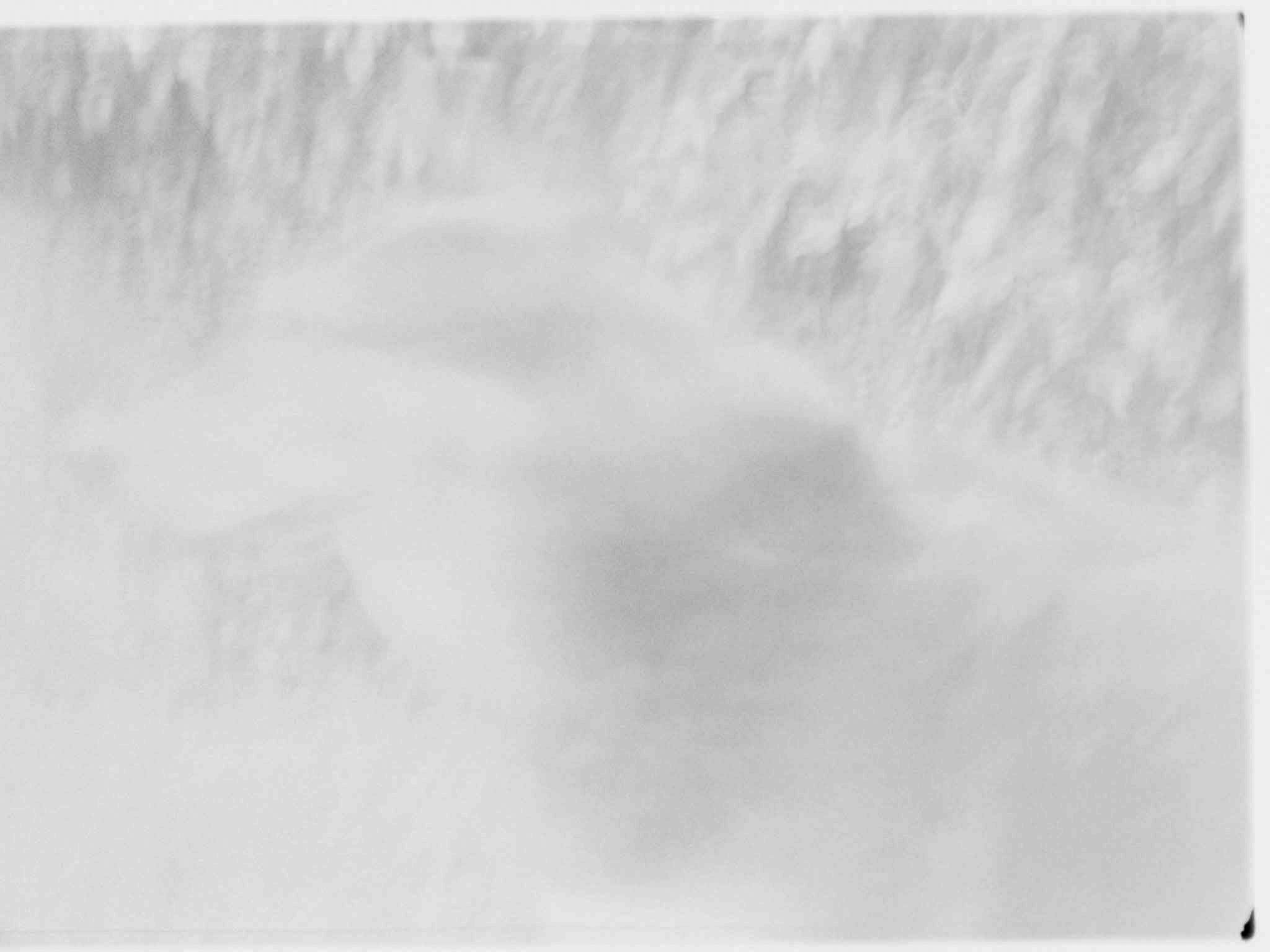Agfa Optima 1a – Automatic Exposure from the 1960’s
Finding Joy in the Limitations
Shooting on film imposes limitations that foster creativity, a charm found in the Agfa Optima 1A from 1960s West Germany. Despite its age and quirks like unusual control placements and a selenium light meter with a limited lifespan, the Optima's solid build, smooth controls, and art deco styling make it delightful to use.
Agfa Optima 1a Tech Specs:
Lens: Color Agnar 45mm f/2.8
Film speed settings: 10-200 ISO, set manually
Film Format: 35mm
Shutter: 1/30 to 1/160 sec
Aperture: f/2.8 to f/22
Focusing: Scale Focus Manual
Light Meter: Selenium
Battery: None Required
Flash: Hot Shoe
Year: 1962 - Onwards
Country: West Germany
Included Accessories: Carry case
Joy in Limitation.
Shooting on film is, at its heart, a limitation. Digital cameras can reliably produce incredible quality images, and there is no mystery around how our shot came out. Optical image stabilisation, auto bracketing, auto focus, all amazing tools that can help you capture stunning images.
And yet, there is a joy to be found in analogue photography that surely has something to do with the limitations of the discipline. When you have fewer options, you are forced to be more creative with the few choices you do have.
The Agfa Optima 1A, from 1960’s West Germany, has several limitations, but it is a delight to creatively solve for them.
The early Optima’s where the first mass produced auto exposure cameras the world had seen. Rotate the selector to Auto, follow the handy focusing icons on lens, and you’ll have a well exposed image at the click of a button.
The Optima was never designed to be a top-of-the-line camera, but it still feels solid in the hand. The controls are smooth and move with a precision belying this cameras age and price point. The styling has art deco vibes, and the symmetry of the front side is truly delightful.
Shot Counter.
The cameras age brings with it some slightly unusual control placements, and design traits. The shutter release is on the front side of the camera, but you get used to that fairly quickly. The shot counter is on the side, and counts down from 36, as opposed to up from 0. It’s a minor thing, but worth noting if you are using a 24-exposure roll, as you’ll run out before you get to 0.
No Light Seals Needed.
As cameras age, light seals become more fragile, and can begin to degrade. That really isn’t an issue with the Optima, as rather than a swing door to access the rear of the camera, there is a toggling switch at the bottom, and you slide the entire rear portion of the body down and off.
There’s no need for soft light seals, as the interlocking plastic edges of the case form a perfect light trap, so I can’t imagine that even an Optima in rough shape is going to be springing light leaks.
Scale Focus.
Focus finding is simple, due to the delightful icons on the focusing ring. You choose from a face, a group of people, a mountain scene, or somewhere in between. If you choose to put the camera in manual mode, your shutter will be 1/30th, and you can choose an aperture between f/2.8 & f/22, with or without firing a hot shoe mounted flash.
Stopping Down.
The ability to stop down to f/22 is useful, and often missing on similar auto cameras of the time, often topping out at f/16. On a sunny day, and with ISO 100 film, f/16 at 1/30 is likely to be nearly 2 stops over exposed, but at f/22 you’re going to be a little under 1 stop over, which is more manageable with modern film exposure latitude.
Switching the camera to manual, allows for shutter speeds up to 1/160. This solves this problem, as long as you stick to film under 200 ISO. Well, as long as the cameras selenium light meter is reporting the correct light level.
The Double Edged Sword of Selenium.
Selenium powered light meters need no batteries, but that comes at the cost of a limited shelf life. The light meter on this camera has lost some potency, which means that the camera thinks it needs to hold the shutter open for longer, leading to over exposed images. Thankfully, there is a way around this limitation, as there usually is with the quirks of old cameras.
Offsetting for Auto Mode.
If you set the ISO value of the film as a higher value than it actually is, then you can offset this degradation. The light meter seems to report the scene is 1-2 stops darker than it actually is, so setting the ISO to 150, while loading ISO 50 film, results in well exposed images. The dial only goes up to 200, so ISO 50 film is perfect, and ISO 100 film is possible, if not ideal. If you’re shooting black and white, you can pull your film to achieve the same effect.
ISO 50 film, set at ISO 50
ISO 50 film, set at ISO 100
ISO 50 film, set at ISO 150
The Optima comes with a handy leather carry case that’s screws into the tripod mount to keep it secure, and its operating manual can be found here: Agfa Optima Manual
I enjoyed using this camera, despite the trial of dialling in the light meter compensation. The controls are a little unconventional, but they feel solid and satisfyingly mechanical. Focusing was simple enough, and the pictures I took have a softness to them I thoroughly enjoy.
If you’d like to own this particular camera, head on over to the camera store.








